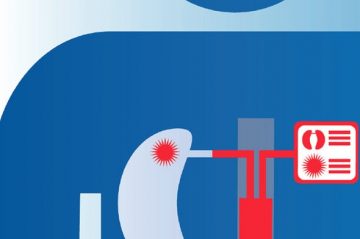Apurv Mishra in Scientific American:
 A patient suspected of having cancer usually undergoes imaging and a biopsy. Samples of the tumor are excised, examined under a microscope and, often, analyzed to pinpoint the genetic mutations responsible for the malignancy. Together, this information helps to determine the type of cancer, how advanced it is and how best to treat it. Yet sometimes biopsies cannot be done, such as when a tumor is hard to reach. Obtaining and analyzing the tissue can also be expensive and slow. And because biopsies are invasive, they may cause infections or other complications.
A patient suspected of having cancer usually undergoes imaging and a biopsy. Samples of the tumor are excised, examined under a microscope and, often, analyzed to pinpoint the genetic mutations responsible for the malignancy. Together, this information helps to determine the type of cancer, how advanced it is and how best to treat it. Yet sometimes biopsies cannot be done, such as when a tumor is hard to reach. Obtaining and analyzing the tissue can also be expensive and slow. And because biopsies are invasive, they may cause infections or other complications.
A tool known as a liquid biopsy—which finds signs of cancer in a simple blood sample—promises to solve those problems and more. A few dozen companies are developing their own technologies, and observers predict that the market for the tests could be worth billions. The technique typically homes in on circulating-tumor DNA (ctDNA), genetic material that routinely finds its way from cancer cells into the bloodstream. Only recently have advanced technologies made it possible to find, amplify and sequence the DNA rapidly and inexpensively.
More here.
